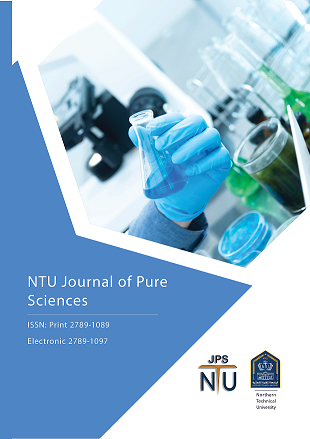Analysis of the Chromosomal Aberrations in Hepatitis B Virus (HBV), Hepatitis C Virus (HCV), and Hepatocellular Carcinoma Patients (HCC) in Mosul City, Iraq
DOI:
https://doi.org/10.56286/ntujps.v1i2.210Keywords:
chromosomal aberrations, HBV, HCV, KaryotypeAbstract
Abstract. Hepatocellular carcinoma (HCC) (also known as liver cancer) is one of the most frequent cancers in humans. HCC is linked to chronic hepatitis B and C virus infection, cirrhosis, and excessive alcohol consumption. The aim of this study was to use Metaphase chromosome analysis in whole blood to determine chromosomal aberrations (CA) in HBV, HCV, and HCC patients. A cohort of 145 samples have been collected from participants from the date of 5 \ 1 \ 2020 to 15\9\ 2021. Among those samples are (40 healthy controls, HBV 38, 44 HCV, and HCC 23) to make cytogenetic evaluation by observing the analysis of chromosome aberration. Our study showed that the chromosome aberration With Gap was higher in the HCC patient group followed by HBV patient group. also, the results showed that of the chromosome aberration without Gap in the HCC, and HCV patient groups were significantly higher in females than in males. the results showed that higher break, DIC was in HBV patients group followed by HCV patients group. the results showed that deletion, and ace were higher in the HCV and HCC patient group followed by HBV patient group. Finally with RO. Trans., the results showed that ace was higher in the HCV, and HBV patient groups. In conclusion, we indicate that HBV, HCV, and HCC patients have chromosomal instability because of their chromosome aberration levels.
Downloads
Downloads
Published
Issue
Section
License
This work is licensed under a Creative Commons Attribution 4.0 International License (CC BY 4.0), which permits unrestricted use, distribution, and reproduction in any medium, provided the original work is properly cited.





